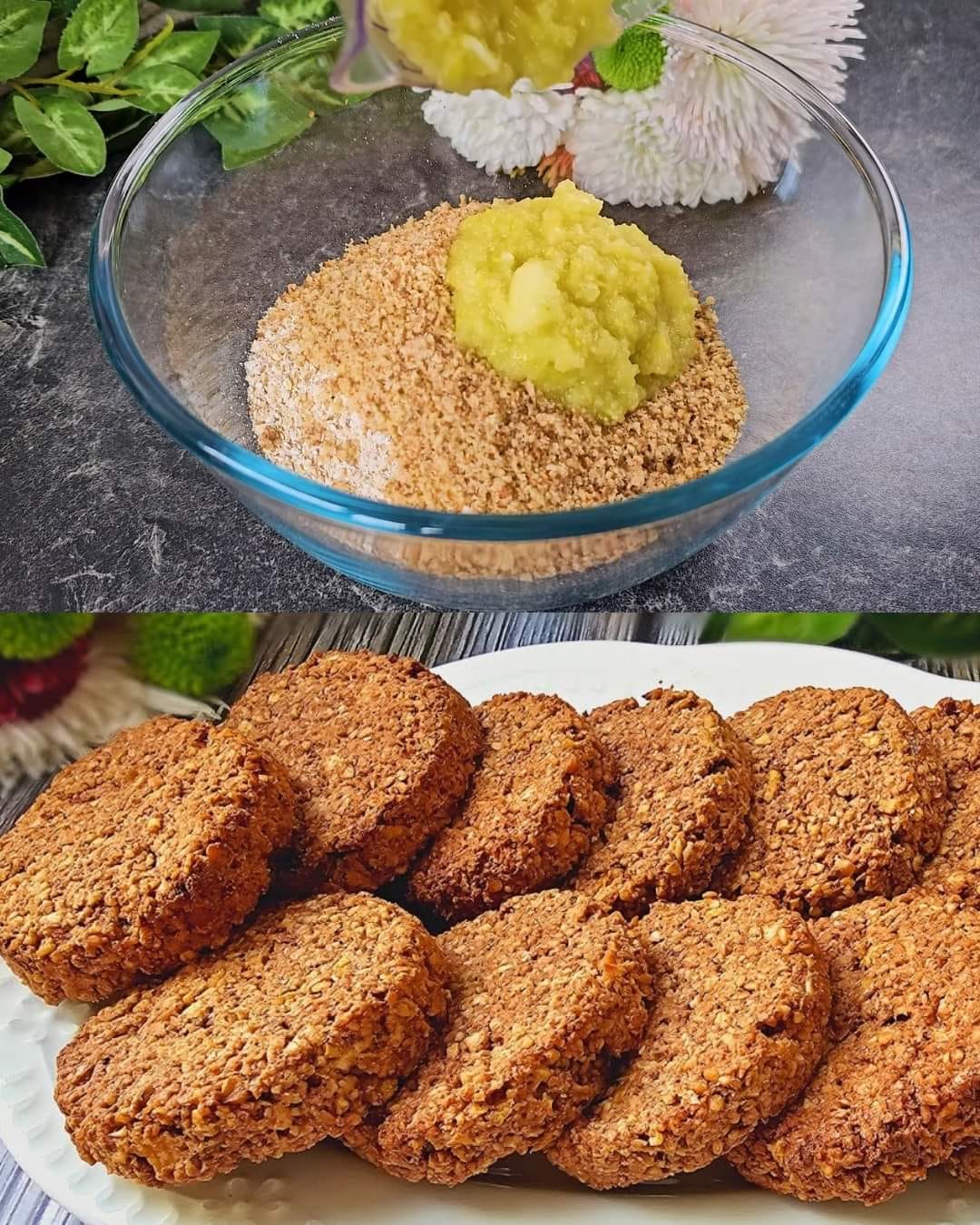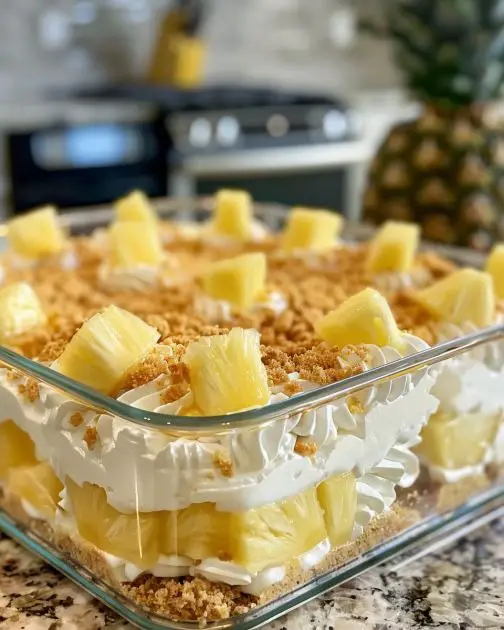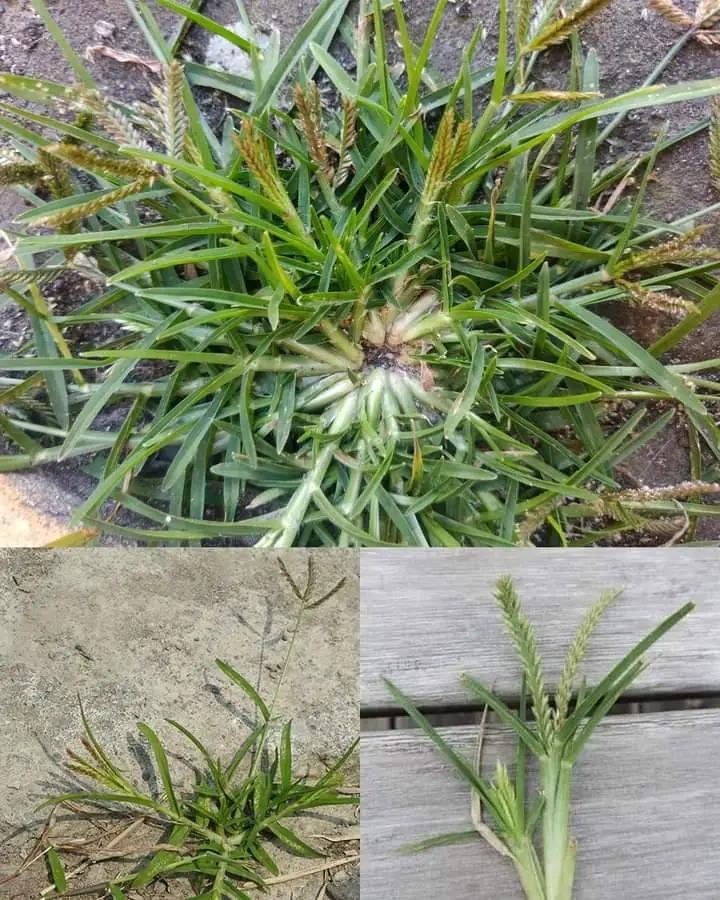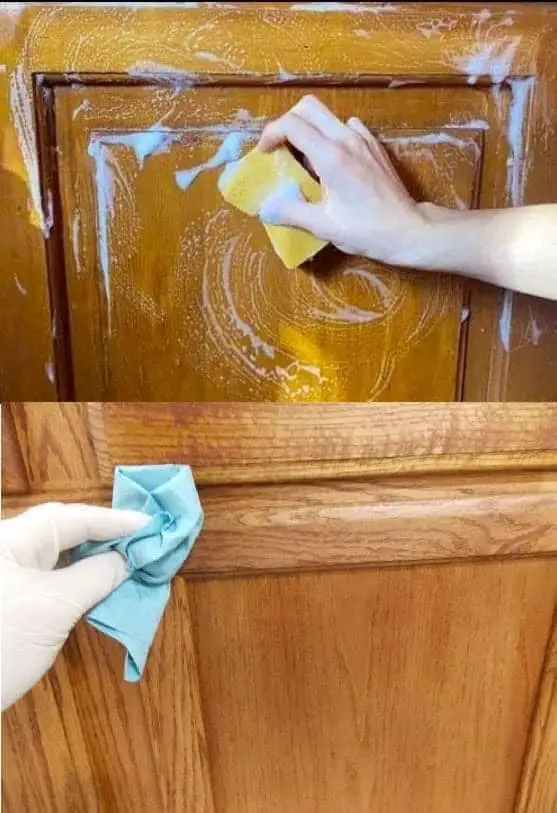
When you think of hydrogen peroxide, you likely remember using it on a cut or scrape to clean it. But, were you aware that there are many different ways to use hydrogen peroxide? Here they are!
Preventing Mouth Sores
Use one small amount (the little white cap that comes with the bottle) and keep it in your mouth for 10 minutes every day, then spit it out. You won’t have any more mouth sores, and your teeth will be whiter without needing to buy expensive toothpaste. Use this product as a mouthwash (it says mouthwash and gargle on the bottle).
2. Cleans toothbrushes.
Put your toothbrushes in a cup of hydrogen peroxide to keep them germ-free.
3. Cleans kitchen surfaces.
Use hydrogen peroxide to clean your countertops and eliminate germs while also leaving a pleasant scent. Put a small amount on your dishcloth when you clean, or spray it on the countertops.
4. Cleans wooden cutting boards.
After washing your wooden cutting board, pour hydrogen peroxide on it to eliminate salmonella and other bacteria.
Gets rid of foot fungus.
One person said, “I had a foot fungus for many years until I sprayed a mix of peroxide and water (half and half) on them every night, especially on the toes, and let it dry.” Everything is gone.
6. Healing small wounds and minor infections.
To treat infections or cuts, soak them in 3% hydrogen peroxide for five to ten minutes multiple times a day.
Treats a serious infection called gangrene.
A nurse said she saw a severe infection that wouldn’t get better with medication, but was cured by soaking in peroxide.
Cleaning product for the bathroom.
Put equal parts of peroxide and water in a spray bottle and store it in each bathroom. This will disinfect without damaging your septic system, unlike bleach or other disinfectants.
9. Helps with nasal congestion.
Lean your head back and spray a mixture of half water and half salt into your nostrils when you have a cold or blocked sinuses. It will foam and help eliminate the bacteria. Wait a few minutes, then use a tissue to blow your nose.
Relieves tooth pain.
If you have a bad toothache and can’t see a dentist immediately, put a small amount of 3% peroxide in your mouth and keep it there for ten minutes multiple times a day. The pain will decrease a lot.
Makes hair lighter little by little.
If you prefer a natural appearance for your hair, spray a mixture of half water and half solution on your damp hair after showering and comb it evenly. If your hair is light brown, reddish, or dirty blonde, using this dye will give you natural-looking highlights instead of the artificial blonde color you see on the box. It also becomes lighter little by little, so the change is not sudden.
12. Gets rid of pimples and other skin infections.
Add half a bottle of hydrogen peroxide to your bath to help treat boils, fungus, or other skin infections.
13. Makes white things whiter.
You can use a cup of peroxide instead of bleach to whiten your white clothes when doing laundry. If there are stains from food or sweat on clothes, pour some detergent directly on the stain, wait a minute, then rub and rinse with water. Say it again if needed.
Mirrors without streaks.
I clean my mirrors with peroxide and they don’t have any streaks.
Gets rid of blood marks
Use a small amount of hydrogen peroxide to get rid of blood stains, especially if they are not old. Pour the cleaning solution directly onto the dirty area. Let it sit for a minute, then rub and rinse with cold water. Say it again if needed. It is an excellent product for removing tough stains from white clothing. Mix half a cup of hydrogen peroxide with one teaspoon of ammonia for an effective stain removal solution.
16. Cleans Gentle Fabrics
Use hydrogen peroxide to whiten delicate items like wool or wool blends. Soak them in a mixture of one part 3% hydrogen peroxide and eight parts cold water overnight. Wash following the provided care guidelines. Remember to always try a small, hidden section of fabric before proceeding.
A big thank you to Tsisa Aivazashvili for sharing these excellent tips!



